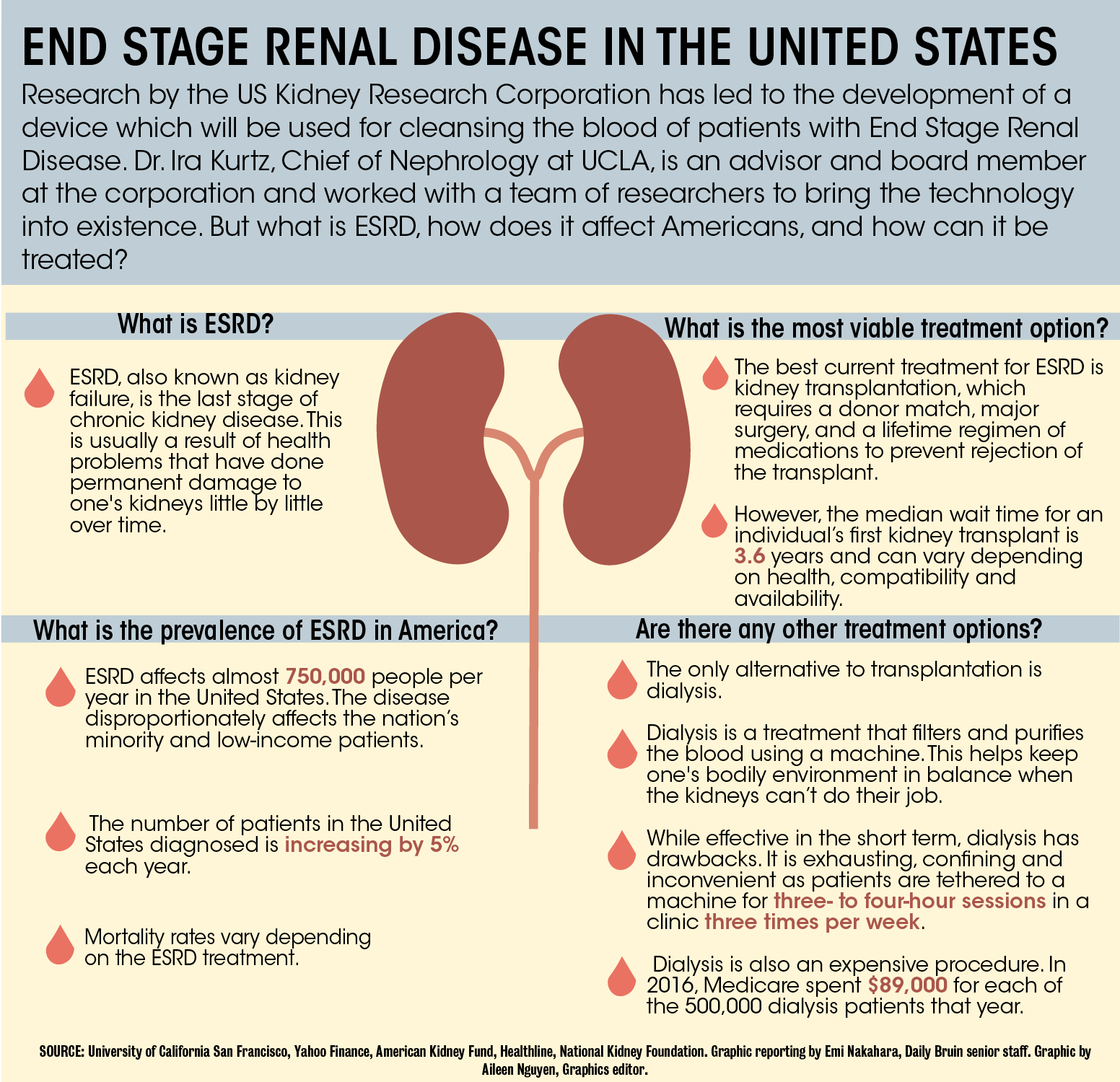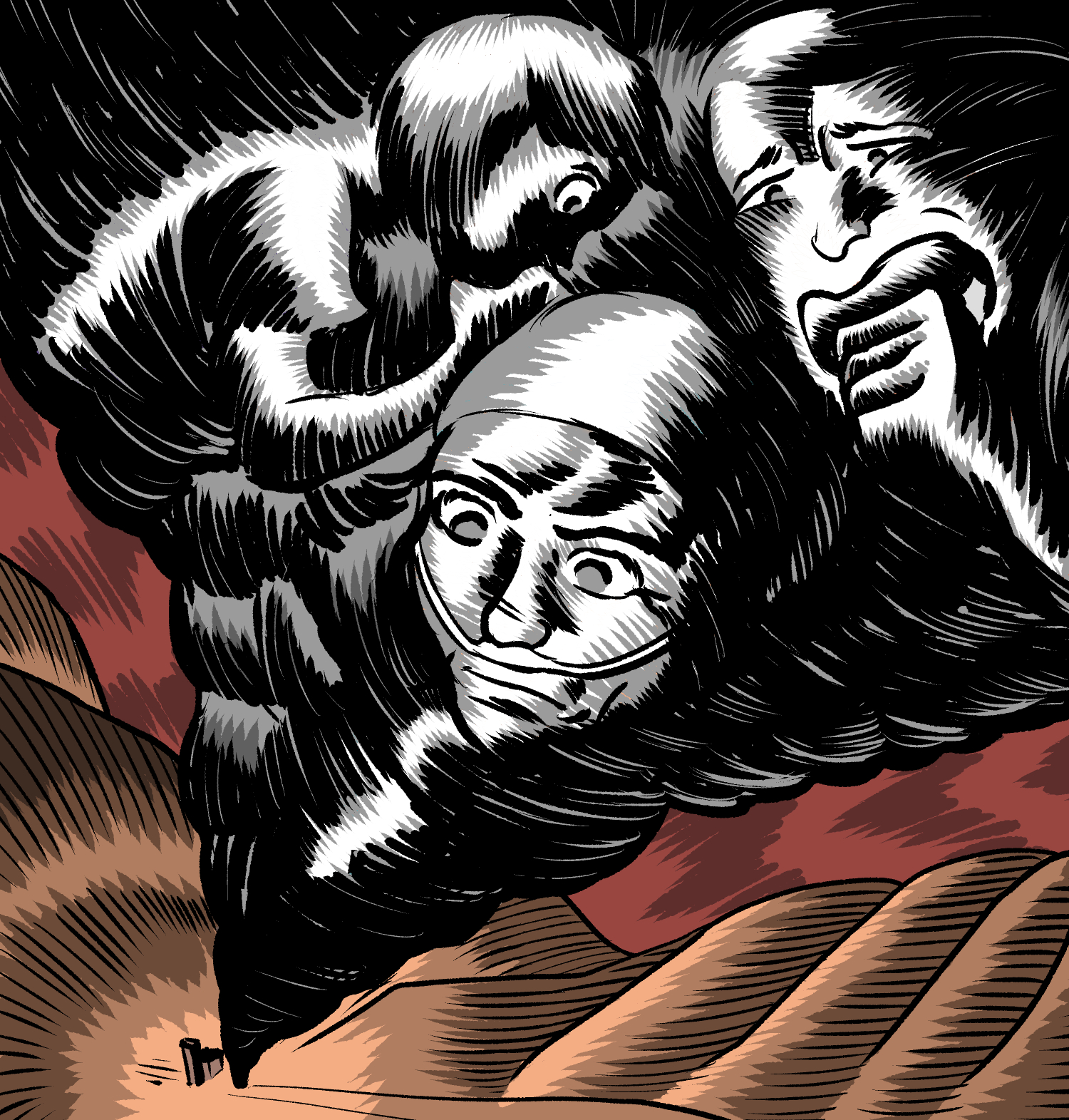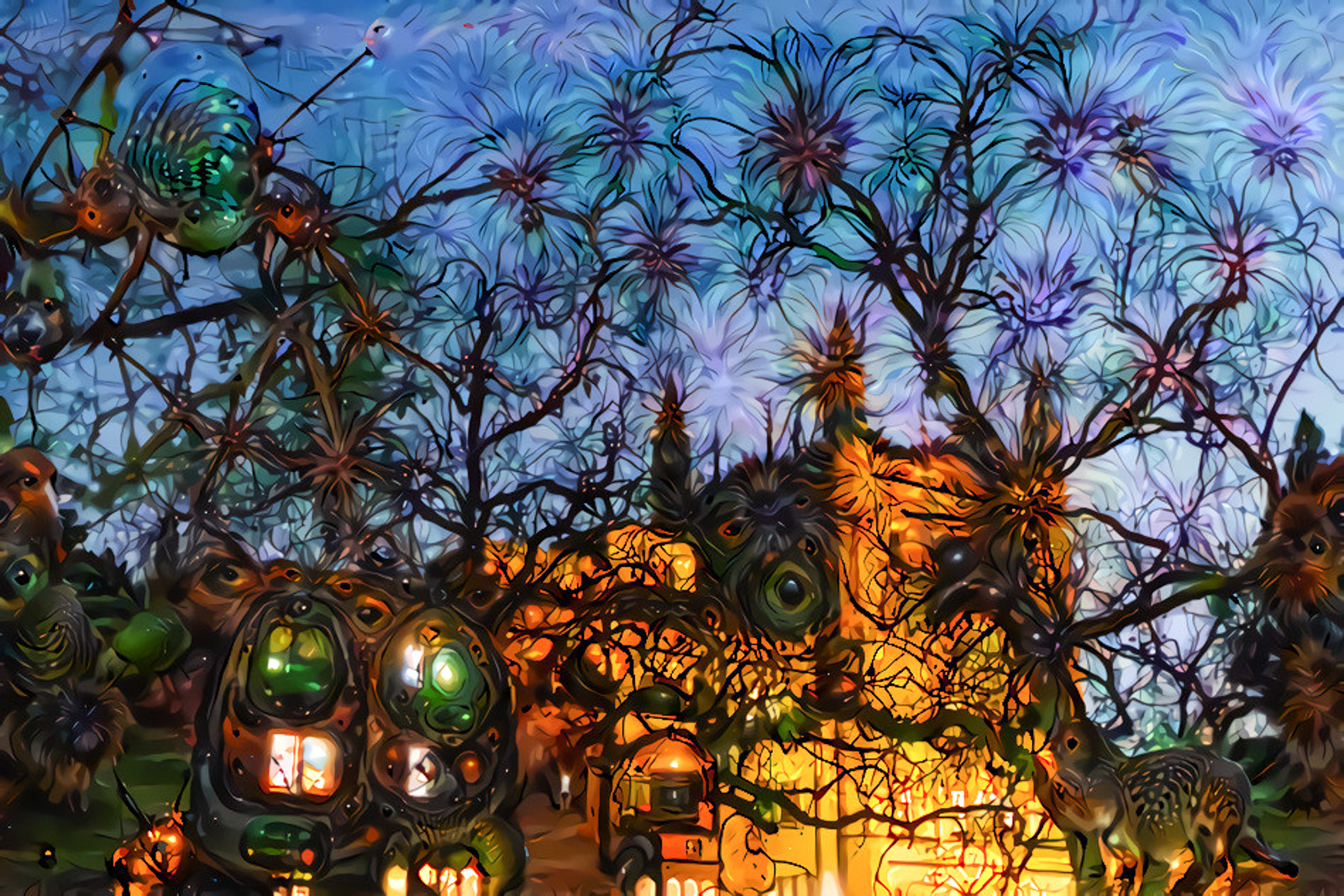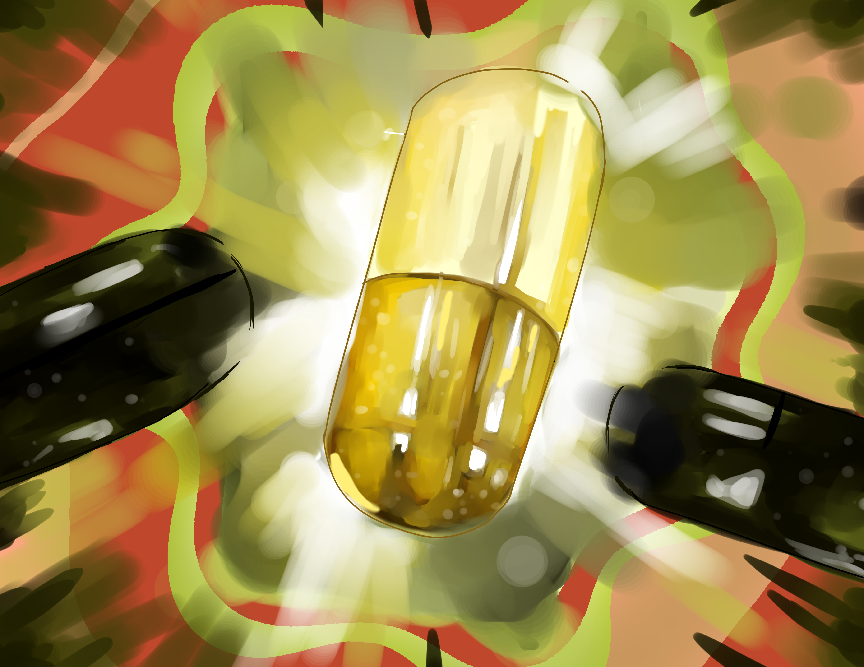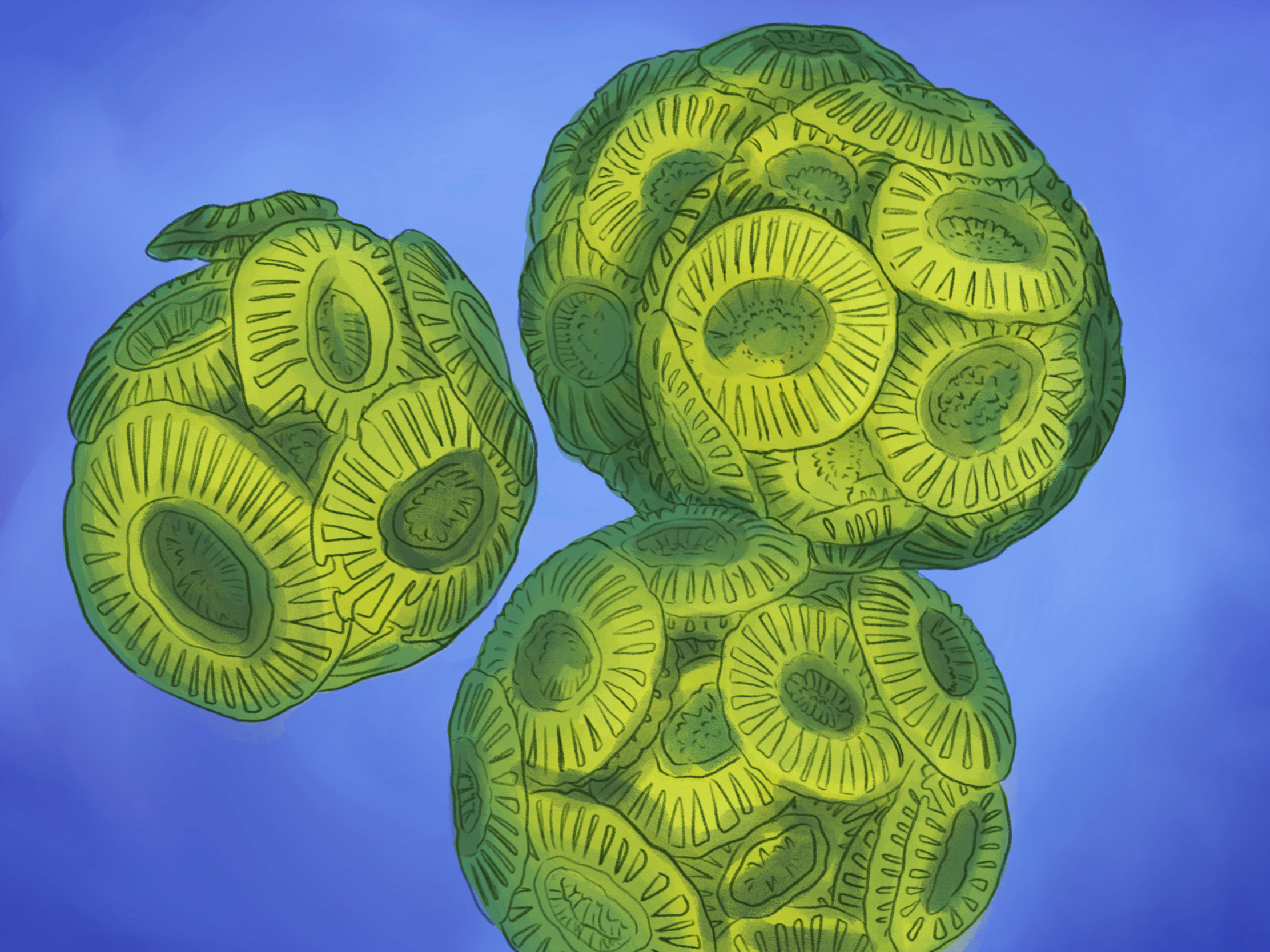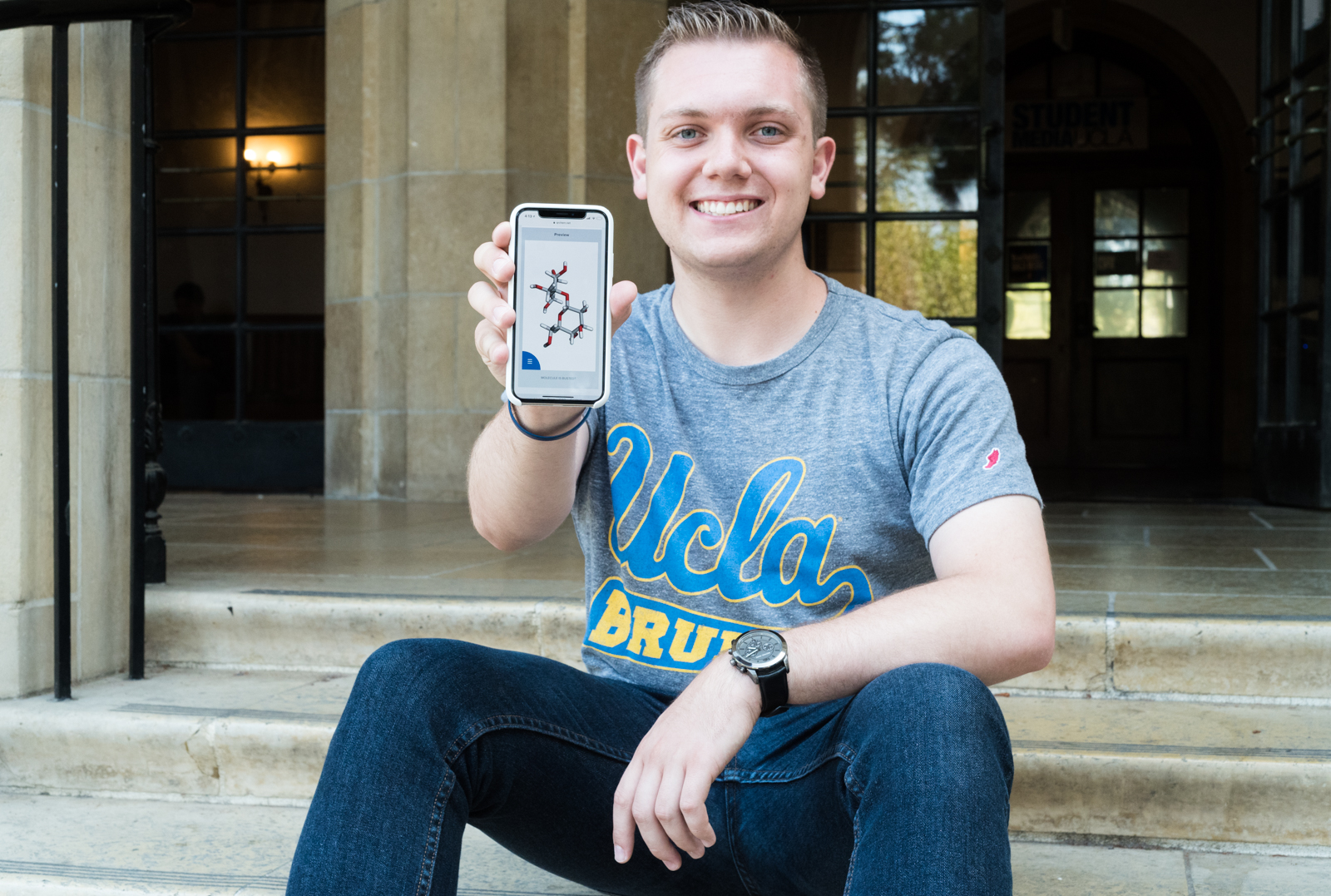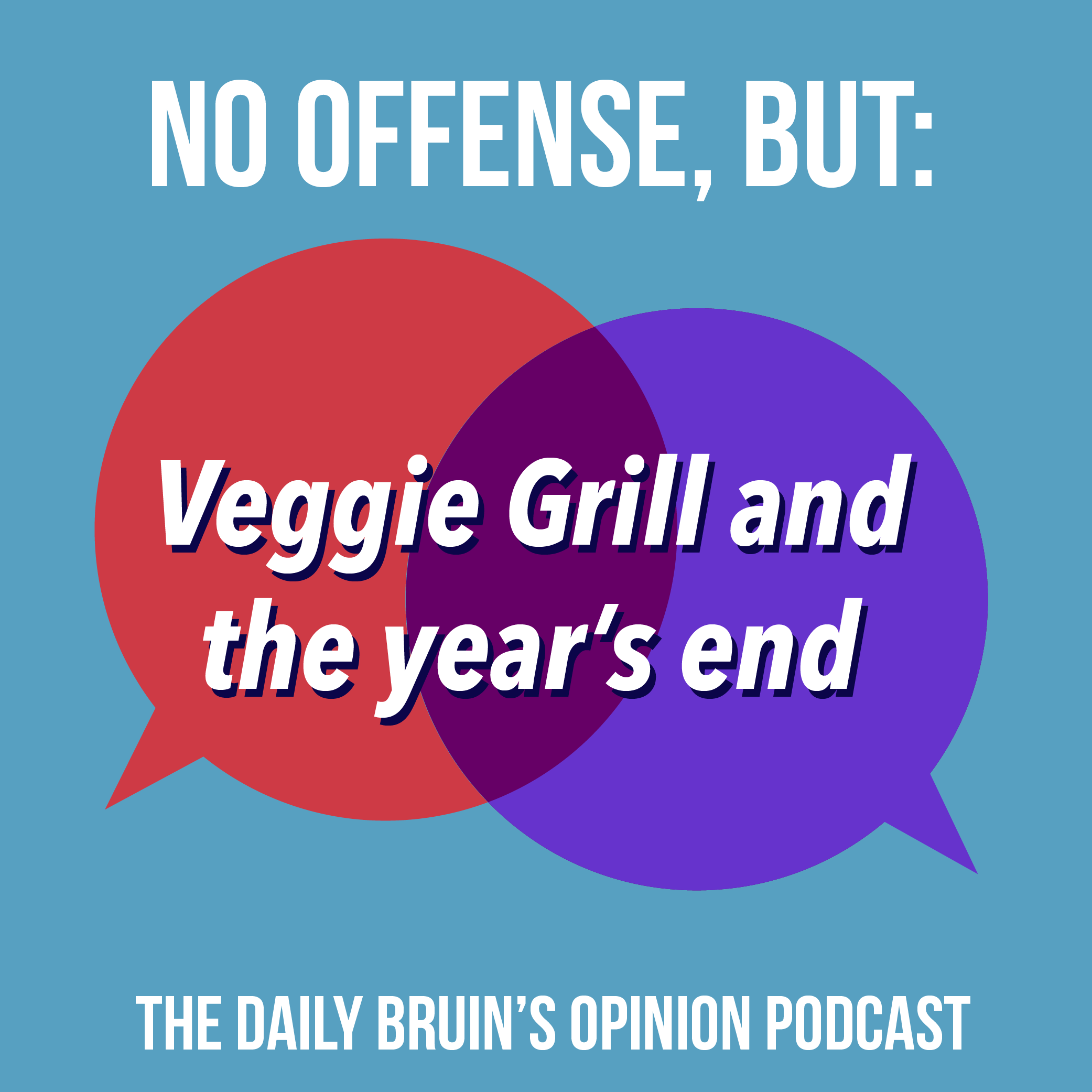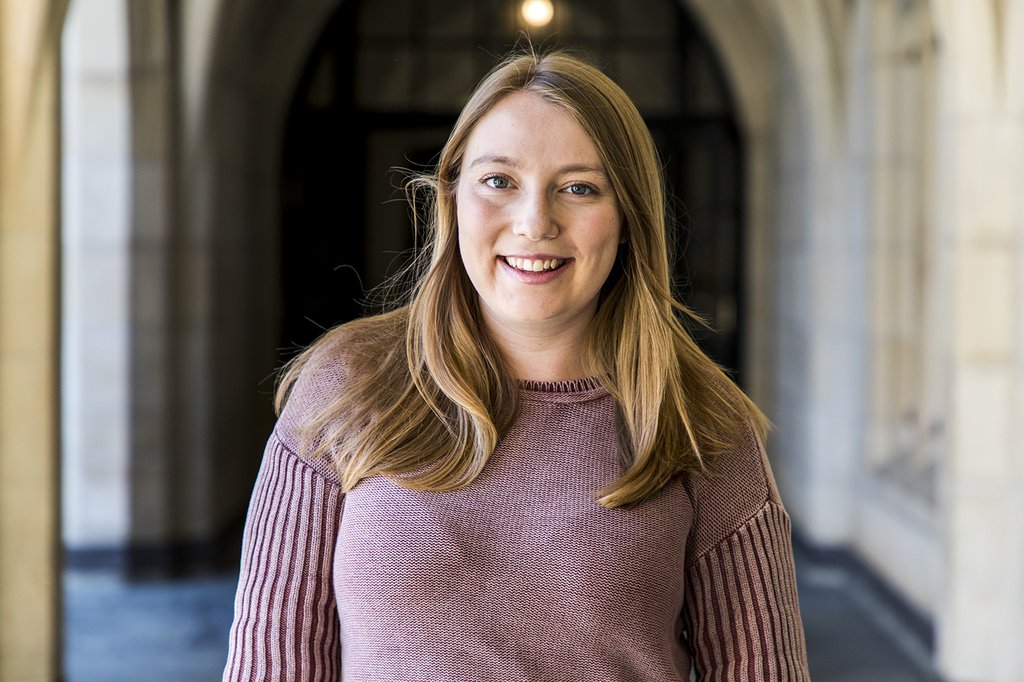News
Oct. 15, 2019 12:41 a.m.Book by UCLA faculty explores adolescence, development among various species
Shrink, a spotted hyena in Tanzania, was born at the lowest social status in his clan. His odds of survival were stacked against him.
However, to the surprise of a team of researchers observing his behavior, Shrink’s social prowess during his teenage years earned him a higher status in adulthood, granting him the ability to join new clans and become a popular mate.
By Emi Nakahara
News
Aug. 25, 2019 11:35 p.m.Four-year research collaboration results in potentially lifesaving implantable kidney
An artificial implantable kidney may pave the way for a new treatment for millions of people with chronic kidney disease.
A four-year research collaboration between UCLA and the University of Arkansas created a prototype artificial kidney able to purify human blood and remove its waste products without the need for dialysate, a solution that is typically used for kidney dialysis.
By Emi Nakahara
News
July 21, 2019 11:04 p.m.Researchers release report tying methane to air toxins in Aliso Canyon gas leak
UCLA researchers found higher than average levels of various toxic air pollutants in residential areas near the largest gas leak in U.S. history.
In a study published in Environment International last month, researchers found that methane released in the 2015 Aliso Canyon blowout is linked to higher levels of other hazardous air pollutants in nearby communities such as Porter Ranch and Northridge.
By Emi Nakahara
A Closer Look
Oct. 31, 2018 1:49 a.m.Pangolin Trafficking Project researchers voice concerns about pangolin awareness
Researchers in the UCLA Congo Basin Institute and Center for Tropical Research are using genomic tools to track down the global trafficking routes of pangolins and their scales.
By Emi Nakahara
News
Oct. 15, 2018 1:18 a.m.Do computers dream of algorithmic sheep? Symposium takes deep dive into dreams.
UCLA researchers are integrating artificial intelligence and psychoanalysis to unearth the mechanisms and purpose of human dreaming.
Researchers gathered at The Science of Dreams symposium Wednesday and Thursday to discuss the neuroscience and quantification of human dreaming.
By Emi Nakahara
News
Oct. 2, 2018 12:41 a.m.UCLA researchers find multiple antibiotics together have greater effect on bacteria
UCLA researchers found combining antibiotics may help combat dangerous antibiotic-resistant bacteria.
In a study published last month, researchers found that combinations of three, four and five antibiotics were effective in stopping the growth of E.
By Emi Nakahara
News
Sept. 9, 2018 11:25 p.m.Campus Queries: Do rising carbon dioxide levels in the ocean benefit any organisms?
Campus Queries is a series in which Daily Bruin readers and staff present science-related questions for UCLA professors and experts to answer.
Q. Are there any species benefiting from rising carbon dioxide levels in the ocean?
By Emi Nakahara
News
July 30, 2018 12:15 a.m.Student-developed tool brings 3D molecular models to smartphone screen
Chemistry students can now visualize 3D chemical structures by scanning a QR code with their smartphones.
A team of undergraduate students developed an online tool, QR Chem, which provides QR codes that provide a link to a 3D image of a molecule.
By Emi Nakahara
Opinion
July 8, 2018 1:38 p.m.No Offense, But: Veggie Grill and the year’s end
The final “No Offense, But” podcast of the 2017-2018 year is finally here! Join a diverse cast of Daily Bruin staffers as they reflect on an eventful school year, reminisce about graduation and do a food review of the latest attraction in Ackerman Union: Veggie Grill.
By Keshav Tadimeti, Catherine Liberty Feliciano, Rupan Bharanidaran, Abhishek Shetty, Emi Nakahara, and Rhiannon Davies
News
June 3, 2018 3:17 p.m.Atomic City: Student researchers, natives weigh consequences of growing up in Los Alamos
As a child growing up in New Mexico, Dakota Klasky did not think she could be anything other than a scientist.
Klasky, a third-year mathematics and economics student, moved to Los Alamos, New Mexico when she was 8 years old with her mother and father, who are both physicists in the Los Alamos National Laboratory.
By Emi Nakahara and Andrea Henthorn

searching for more articles...



